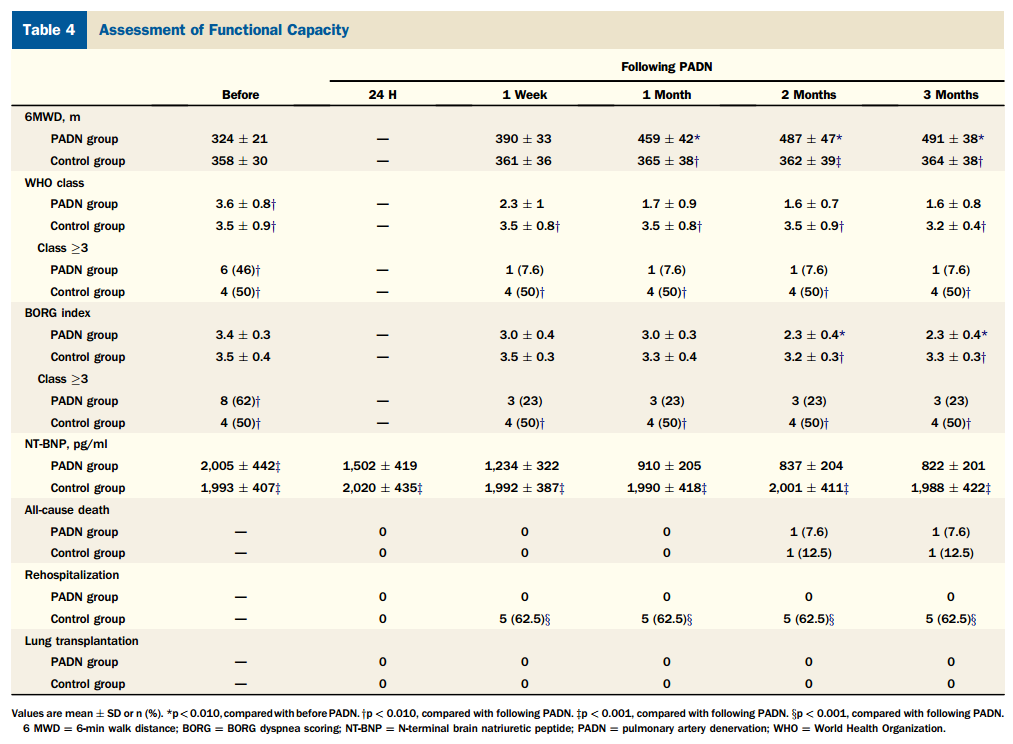We use cookies on your browser to customize content for your viewing and for analytics. If you click “Accept” or continue to browse our website, we assume you have agreed to our use of cookies. For details, please refer to our Cookies Policy.
29 January
241
A paper from Journal of the American College of Cardiology demonstrated that PADN has a positive impact on functional capacity and hemodynamics in patients with IPAH not responding optimally to medical therapy.
The study drew a conclusion that the patients who underwent the PADN procedure showed significant reduction of mean PAP and significant improvement of the 6MWD and of the Tei index at 3 months follow-up, compared with the control group by performing and comparing serial echocardiography, right heart catheterization, and 6-min walk distance (6MWD) of the patients who underwent the PADN procedure with the control group.
In September 2013, Cardiological Department, Nanjing First Hospital, Nanjing Medical University, yCardiological Department, Nanjing Heart Center, zSt. Mary Medical Center and the xCardiovascular Research Foundation published a paper that successfully demonstrated the benefits of PADN on functional capacity and hemodynamics in patients with IPAH not responding optimally to medical therapy.
Study Design
Subjects.
Out of a total of 21 patients with IPAH, 13 patients received the PADN procedure, and the other 8 patients who refused the PADN procedure were assigned to the control group.
Results.
· Echocardiographic Measurements
PADN procedure was associated with significant reduction of the systolic PAP and mean PAP through the 3 months follow-up.

· Right Heart Catheterization
Immediately following the PADN procedure, the systolic PAP and mean PAP significantly decreased, these reductions were maintained through 3 months follow-up.

· PA Compliance
In the PADN group, PA compliance increased significantly and this remained unchanged in the control group.
· Assessment of Functional Capacity
In the PADN group, the baseline NT-BNP was significantly reduced at 3 months following the procedure. There was no improvement in either 6MW distance or functional classes in the control group.

· Clinical Follow-up
By contrast, rehospitalization was required in 5patients (62.5%) in the control group, and none in the PADN group (p < 0.001).
Study Conclusion
The study reported for the first time the effect of PADN on functional capacity and hemodynamics in patients with IPAH not responding optimally to medical therapy, of course, future studies are needed in a randomized, multicenter setting with a larger patient population, to confirm these preliminary findings.